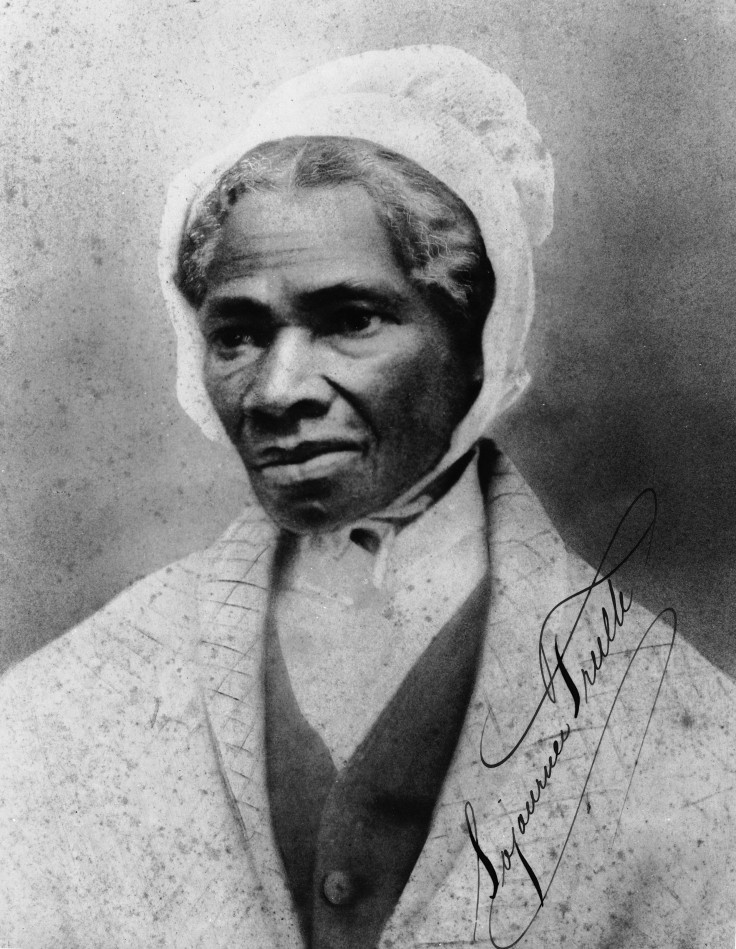Sojourner Truth Facts: Google Doodle Celebrates Civil, Women's Rights Activist
Google Doodle is honoring civil and women’s rights activist Sojourner Truth on Feb.1, 2019, the first day of Black History Month.
Truth, one of the most famous nineteenth-century black American women who actively opposed slavery, was born as Isabella Baumfree in Ulster County, New York around 1797. She was second youngest of the 12 children born to James Baumfree and his wife Elizabeth. She was born on an estate owned by Dutch settlers and was put up for auction after her owner died. She was sold at auctions several times in the next few years and was treated poorly by her owners.
She was working for John Dumont when the state of New York passed a law in 1817, granting freedom to slaves born before July 4, 1799. However, they could not be set free until July 4, 1827. She married fellow slave named Thomas and had five children. When the date of her release came closer, she realized her owner was planning to keep her enslaved and ran away with an infant daughter in 1826. Neither Truth nor her daughter were free yet.
Then, Maria and Isaac Van Wagenen gave her refuge and she worked for them as a domestic servant for the next one year until she was freed. She found out that her son was illegally sold to a plantation owner in Alabama and filed a lawsuit. With this, she became the first black woman in the United States to sue and win against a white man. She then relocated to New York City, Notable Biographies reported.
Speaking of her escape, Truth had said, “I did not run off, for I thought that wicked, but I walked off, believing that to be all right.”
During her stay with Wagenen , she underwent a religious experience and was highly impacted by the Christian faith. After moving to New York, she began a new life after deciding that her mission was to preach the word of god . She traveled holding prayer sessions and also changed her name to "Sojourner Truth."

In 1844, she joined the Northampton Association of Education and Industry , a group founded on the ideas of freedom and equality and met social reformers such as Frederick Douglas and William Lloyd Garrison.
She became famous for her thought-provoking speeches and delivered her most famous speech titled “Ain’t I a Woman?” at the Ohio Women’s Rights Convention.
“That man over there says that women need to be helped into carriages, and lifted over ditches, and to have the best place everywhere. Nobody helps me any best place. And ain't I a woman?” she once said in her speech, Mirror reported.
She then helped organize black troops to fight for the Union Army during the civil war that began in 1861 and also collected clothes and other supplies for black refugees. Looking at her dedication to civil rights activism , then-President Abraham Lincoln called her to the White House in 1864 and showed her a bible which was given to him.
By then, she had earned enough money to buy a house in Battle Creek, Michigan, where she ultimately settled in . She continued to work with freed slaves and also led campaigns to have lands set aside for them. She died at her Michigan home on Nov. 26, 1883.
© Copyright IBTimes 2025. All rights reserved.





















